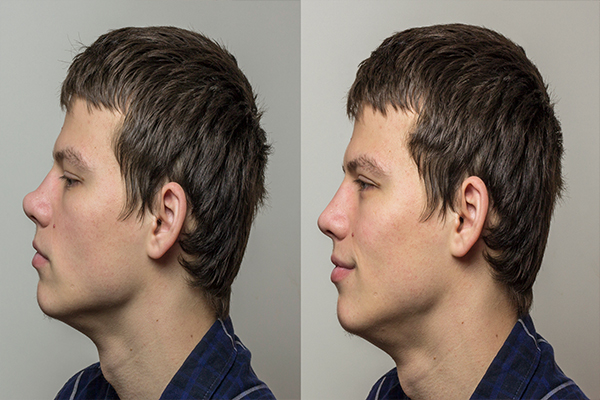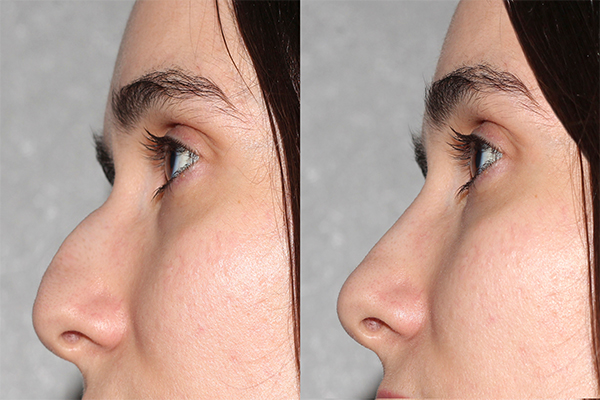Rhinoplasty
What is Rhinoplasty?
A Rhinoplasty (or ‘nose job’) is an operation to change the appearance of your nose. Sometimes a rhinoplasty is performed to improve how you breathe through your nose. It involves operating on the bones and cartilage that give your nose its shape and structure.
Facts
TIME REQUIRED
Varies
ANESTHESIA
General Anesthesia
RECOVERY TIME
3-7 Days
SUCCESS RATE
Very High Success Rate
Benefits
- Increase or decrease the size of the nose.
- Give the nostrils a new shape.
- Reduce the nasal tip.
- Reduce the bridge.
- Enhance the balance and harmony between other facial features.
- Have a positive effect on your overall facial aesthetic.
- Correct problems associated with a deviated septum.
- Improve breathing.
Before & After
FAQ
You may be a good candidate for a nose job if:
- Your nose is too small or too large in comparison with other facial features.
- You have humps and depressions on your nose bridge.
- Your nose is wide.
- Your nose tip is droopy, protruding, bulbous or enlarged.
- You have a crooked nose.
- Your nose is asymmetrical.
The best age for the surgery is when a person is about to stop growing which is 18 years however it can be performed at any age as long as the person is in good health.
Intended Results:
- A more attractive nasal shape.
- A nose that is more proportionate to other facial features.
Not all rhinoplasty surgeries require post-procedure touch-ups, only about 15% do.
A numbing agent is usually given to the patient so that he/she will be pain free for some time. The nose is usually swollen and it should not be blown for some days. There maybe some bruising but this disappears with time. The surgeon usually puts a splint on the nose then removes it a week after the procedure.
Some bruising and swelling are expected, they subside in two weeks. The risk of infection, bleeding and scarring are minimized with careful planning and proper execution of the procedure.
Most of the patients are physically fine to be able to move around and perform sedentary work, however there is some swelling and bruising around the eyes and there is a splint on the nose which prevents people from going in public. Splint is removed in 1 week and most of the swelling and bruising is gone by that time as well.
Recovery following a FUE procedure tends to be quicker than for other types of hair transplant, and there’s less chance of side effects such as scalp numbing, which can occur following a FUT procedure and last up to six months.



